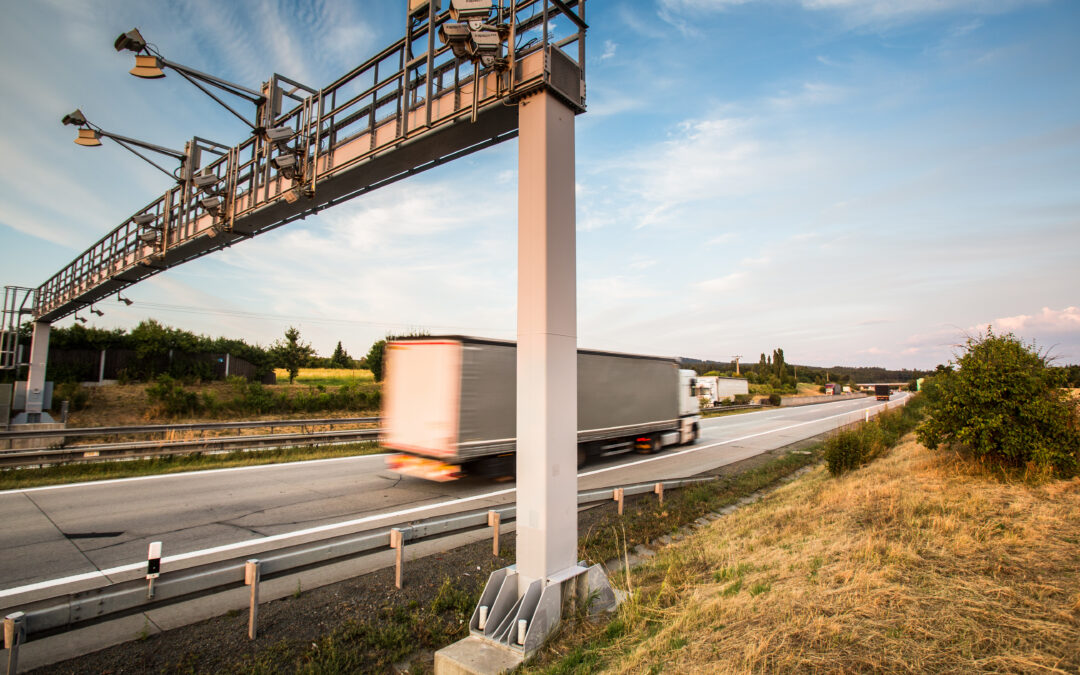By the year 2032, it could cost drivers more than gas at the pump to ride on Michigan roadways.
That’s according to the MI Statewide Tolling Study, a statewide analysis which looked at the potential creation of a new, electronic tolling system that would encompass about 1,156 miles of Michigan roads. The plan is to use the generated revenue as a way to fund state road repairs in the future.
The tolling system stretches along 14 roadways and would cost drivers 6-6.5 cents per mile. Examples of the roadways include I-96 from Muskegon County into Lansing, up 1-75 near Flint going towards Saginaw and I-94 near the Michigan/Indiana border by New Buffalo all the way to metro-Detroit.
Many of the corridors are confined to the lower half of the lower peninsula. None of the toll roads would be placed in the Upper Peninsula.
Eric Morris and Ron Davis with HNTB, an engineering firm, were consultants on the Michigan Tolling Study, along with Kari Martin, the project manager with the Michigan Department of Transportation (MDOT).
At a February Senate Transportation Committee hearing, Morris, Davis and Martin discussed their findings and the decision-making process required of them by the passage of a 2020 law, which created the foundation for the study.
Tolling systems in Midwestern states like Illinois, Indiana and Ohio were looked at as models for the 6-6.5 cent tolling rate, and an additional expectation of long-term revenue.
The report states analysts were able to narrow a list of 31 “limited access highway routes” down to 14 roadways using various screening criteria. This involved looking at things like the level of traffic, highway connectivity and road quality.
Consideration was also given to individuals and communities that could be disproportionately burdened, either by the alternate division routes drivers may take to avoid tolling or disadvantaged areas of low-income.
There were many groups— from business associations to trucking groups and the NAACP— involved in the process of the statewide tolling study, Morris said.
The consultants expect it’ll take time for the public to adjust to toll roads and become educated on the changes they may experience in the future, but said during the committee meeting they’re open to continuing conversations with stakeholders about the impact tolling may have.
“This is fundamentally a different way of paying for our transportation structure,” Morris said.
While the overall system is expected to be completed in about 15 years, the initial implementation is estimated to be finished within the decade.
What’s unique about Michigan’s approach, Morris mentioned, is the system would be the largest in the country to convert non-toll roads to functioning toll roads.
“This is a novel concept,” Morris said. “Tolling existing roads is not common in the industry.”
This means the proposed roadways would also need infrastructure upgrades and construction work to bring them up to “performance standards” before any tolling can happen, in addition to installing the toll collection system itself.
That initial work may cost the state $8.5 billion and could begin as early as this year. Construction could last until 2027, with tolling on the roads being phased in over time from 2028 to 2032.
The revenue from drivers once the system is up and running would cover the lifestyle and maintenance costs thereafter.
“Beyond 2031, after all that initial work, all the costs on the system would continue to be covered by toll revenues,” Davis said.
The study estimates the state would collect $1.3 billion each year to be used towards Michigan’s roadways, possibly freeing up additional funds currently being used for that purpose.
Since federal regulations require electronic tolling systems, there would be no toll booths and cash transactions, cutting out the time it takes to stop and wait in line to pay for tolls.
Instead, Michigan’s tolling system would require the use of a structure called a gantry to be placed overhead the road so tolling can be collected at highway speeds.
There would be two types of customers with this electronic tolling system. First being a transponder customer, where a prepaid device like an iPass or EZ pass would be attached to a car’s windshield, allowing the payment to be collected as you drive by. There’s also a license plate customer, where a photo will be taken of the license plate and a bill would be sent to the vehicles registered address at a later date.
Similar to other states with toll roads, there will be additional considerations and requirements for commercial and rented vehicles.
By using an electronic tolling system, “there are only customers, there are no violators,” Morris said.
State lawmakers are now tasked with reviewing the findings of the study and deciding whether the options presented are feasible for Michigan, and what legislation would be necessary to execute it.
In the phased in plan set by the study analysts, the necessary legislation would have to cover the creation of a toll authority, enforcement, and collection and rate setting. In order to move forward with the plan as the study suggests, the legislation would have to be moved on by the end of 2024.
This article originally appeared in MLive. For more, click here.

